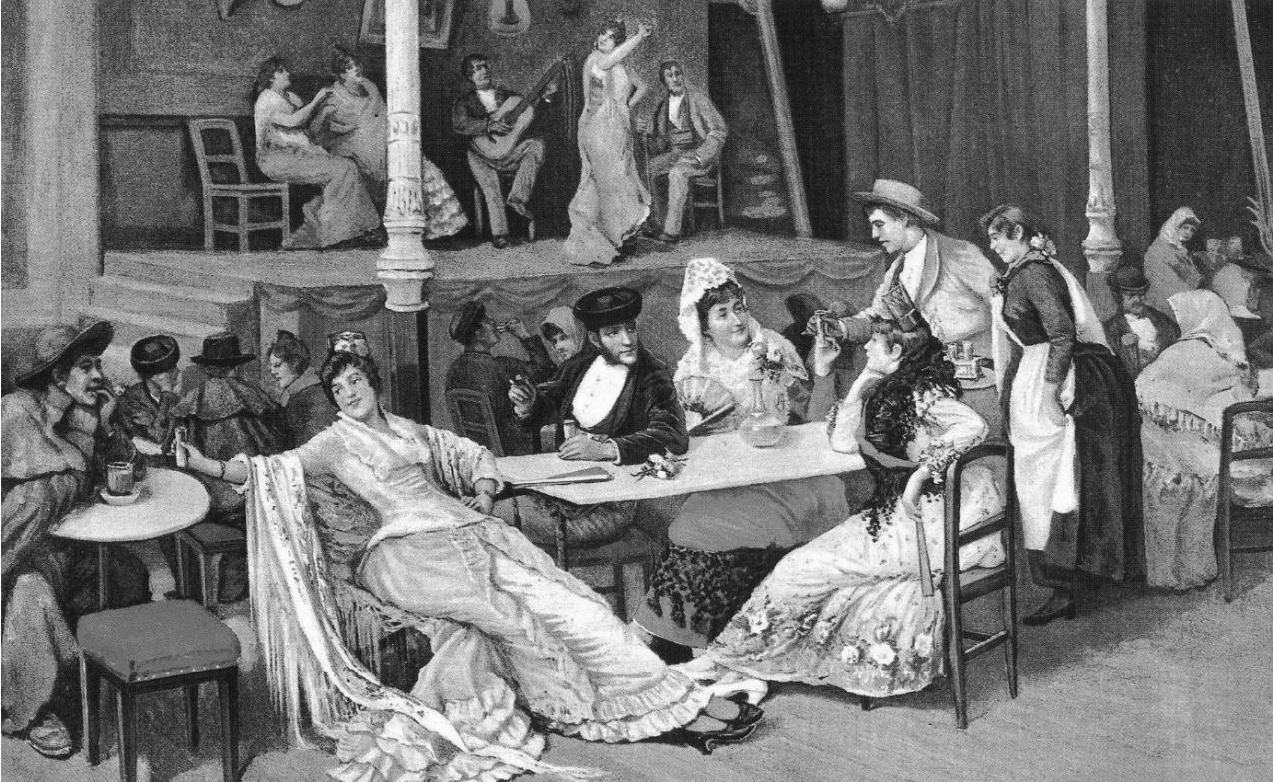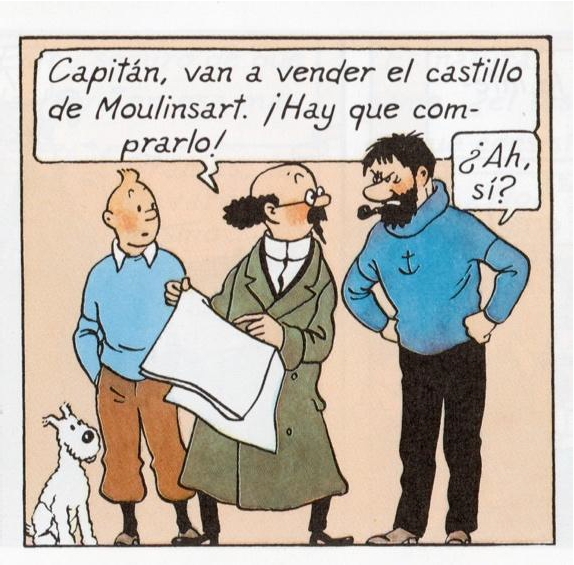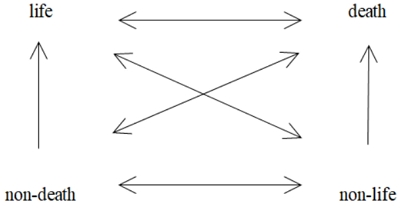


The digital age, with its ubiquitous social media, has transformed sociability and socialization, creating opportunities for accessing diverse knowledge, but also new symbolic boundaries. In a connected society shaped by identity politics, this article proposes an intercultural reading of social tensions relayed online. It advocates an interpretive approach to intercultural communication, understanding cultures and identities as resources individuals use to negotiate and co-construct meaning in interactions. Based on examples of social tensions relayed or seemingly aggravated by digital media, it distinguishes two forms of interculturality in this context: "forced otherness," where individuals are reduced to stigmatized identities, and "unconscious otherness," where algorithmic personalisation is used by individuals to support particular worldviews on given topics. The article draws on theories of conflict mediation, identity, and intergroup relations to analyse and potentially mitigate social tensions in the digital age, emphasizing the need for media literacy and a nuanced understanding of intercultural dynamics.

